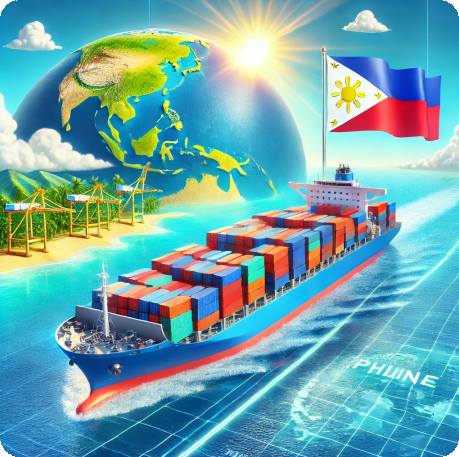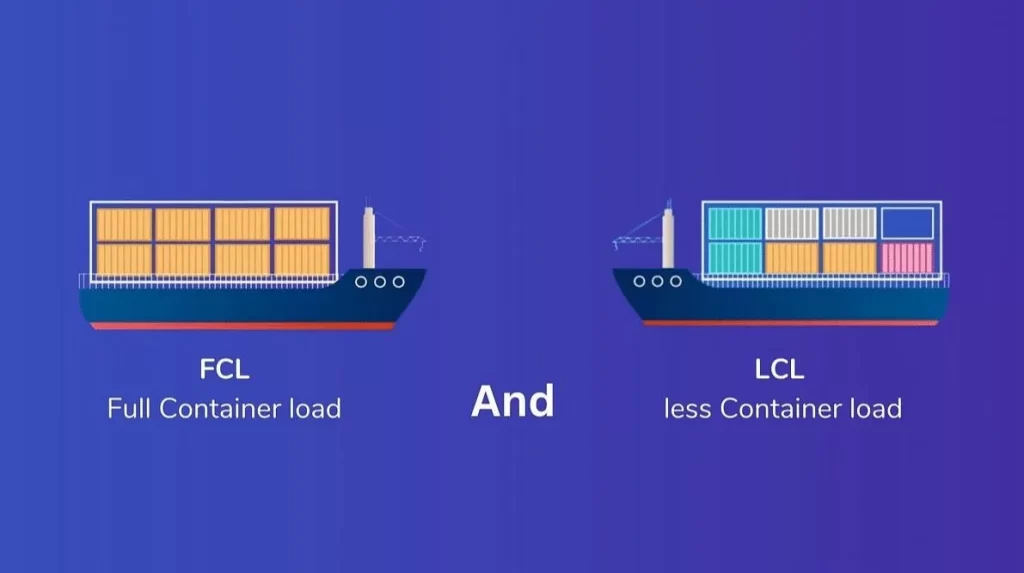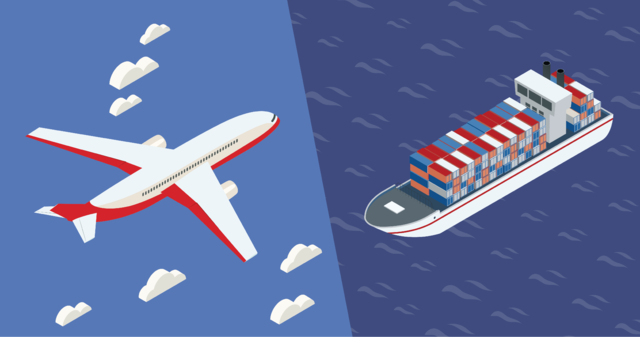- By TOP CHINA FREIGHT
- September 22, 2025
- Sea Freight, Shipping
Table of Contents
Shipping goods through sea freight China to Philippines is one of the most common and reliable methods for businesses in Southeast Asia. With China being the Philippines’ largest trading partner, importers must navigate shipping costs, transit time, customs, and documentation to ensure a smooth supply chain. This guide provides a detailed breakdown of everything you need to know, from freight options and container sizes to customs clearance and cost-saving techniques.

Why Choose Sea Freight from China to the Philippines?
Sea freight remains the preferred method because of its balance between affordability and capacity. Unlike air freight, which is fast but expensive, sea freight can accommodate large cargo volumes at lower costs. Moreover, the short distance between China and the Philippines—averaging 5–12 days transit—makes shipping efficient for both bulk commodities and smaller goods.
Additionally, shipping by sea offers flexible solutions such as Full Container Load (FCL) and Less than Container Load (LCL), ensuring businesses of all sizes can benefit. For importers managing inventory cycles, sea freight also provides predictable schedules that align with supply chain demands.
How Long Does Sea Freight China to Philippines Take?
Transit time depends on the port of origin, destination, and service type. Coastal cities in Southern China like Shenzhen or Xiamen have faster routes to Manila than northern ports like Tianjin or Qingdao.
| Route | Average Transit Time |
|---|---|
| Shenzhen – Manila | 5–7 days |
| Shanghai – Manila | 8–10 days |
| Qingdao – Manila | 10–12 days |
| Guangzhou – Cebu | 6–8 days |
| Xiamen – Davao | 7–9 days |
Delays may occur due to customs congestion, peak season demand, or port strikes. Therefore, importers should plan shipments well in advance, especially before holidays like Chinese New Year or peak retail seasons in the Philippines.
What Are the Costs of Sea Freight from China to the Philippines?

Shipping costs vary based on container size, cargo volume, service type, and surcharges. FCL shipments are often more economical per unit when fully loaded, while LCL is best for smaller volumes.
| Container Size | Average Rate (USD) | Cargo Suitability |
|---|---|---|
| 20ft FCL | $650 – $850 | Small to medium cargo |
| 40ft FCL | $1,200 – $1,450 | Large cargo & bulk goods |
| LCL (per CBM) | $40 – $60 | Smaller shipments |
In addition to base freight rates, importers should budget for:
- Terminal handling charges
- Documentation fees
- Customs duties and taxes
- Delivery charges from port to final warehouse
FCL vs LCL: Which Option Should You Choose?

Full Container Load (FCL):
Best for shippers with enough cargo to fill an entire container. It offers lower costs per unit, reduced risk of damage, and faster handling at ports.
Less than Container Load (LCL):
Ideal for smaller shipments consolidated with other cargo. While cost-effective for low volumes, it involves more handling and may increase transit time slightly.
| Aspect | FCL | LCL |
|---|---|---|
| Cost efficiency | Cheaper per unit | More expensive per CBM |
| Handling risk | Minimal | Higher (shared cargo) |
| Transit time | Faster | May be delayed |
| Best for | Bulk shipments | Small businesses |
Which Ports in China and the Philippines Are Commonly Used?
Major Chinese Ports:
- Shenzhen
- Shanghai
- Ningbo
- Xiamen
- Qingdao
Major Philippine Ports:
- Manila (North & South Harbor)
- Cebu Port
- Davao Port
- Subic Bay Port
Choosing the right port reduces costs and improves transit efficiency. For example, goods manufactured in Southern China can be shipped directly to Manila or Cebu within a week, avoiding long inland transport.
What Documents Are Needed for Customs Clearance?

Successful import clearance requires accuracy in documentation. Missing or incorrect paperwork can result in delays and additional charges.
| Required Document | Purpose |
|---|---|
| Bill of Lading | Proof of cargo ownership |
| Commercial Invoice | Lists goods, value, and payment terms |
| Packing List | Itemizes weight, dimensions, and contents |
| Import Permit (if required) | Special authorization for restricted items |
| Certificate of Origin | Identifies product origin for tariff rates |
| Customs Declaration Form | Submitted for tax and duty assessment |
How to Reduce Shipping Costs from China to the Philippines?
Group smaller shipments into FCL to lower per-unit cost.
Rates often rise during peak seasons; advance booking ensures stable pricing.
Choosing the closest Chinese port reduces inland transportation.
Trusted freight forwarders can provide competitive rates and space guarantees.
Prevents fines or customs delays that increase expenses.
Air Freight vs Sea Freight: Which Is Better?

| Factor | Air Freight | Sea Freight |
|---|---|---|
| Cost | High ($5–$8 per kg) | Low (per CBM or container) |
| Transit Time | 1–3 days | 5–12 days |
| Cargo Volume | Limited (500–1,000 kg typical) | Large (up to thousands of tons) |
| Environmental Impact | High carbon emissions | Lower emissions per ton |
| Reliability | Very reliable | Reliable with minor port delays |
Sea freight remains the smarter choice for large, bulky, or heavy goods, while air freight suits urgent or high-value shipments.
Case Study: Electronics Import from Shenzhen to Manila

A medium-sized retailer in Manila imported 1x40ft container of consumer electronics from Shenzhen.
- Route: Shenzhen – Manila
- Transit Time: 7 days
- Freight Rate: $1,250
- Challenges: Peak season congestion increased port handling charges.
- Solution: By booking early and using FCL instead of multiple LCL shipments, the importer reduced per-unit costs by 15% while ensuring faster customs clearance.
This case highlights the importance of strategic planning and forwarder support in managing sea freight.
Common Challenges in Shipping to the Philippines
Manila ports often face heavy traffic, causing clearance delays.
Typhoons can disrupt schedules during the rainy season.
Unexpected demurrage or detention fees may apply if containers are not collected promptly.
Small mistakes in invoices or permits can result in penalties.
Conclusion
Sea freight China to Philippines is the most reliable and cost-effective solution for importers managing large shipments. With transit times averaging 5–12 days and flexible options like FCL and LCL, businesses can choose the best method for their cargo needs. Moreover, by preparing documents carefully, booking in advance, and leveraging forwarder expertise, importers can minimize costs and avoid delays. Choosing sea freight ensures long-term stability and efficiency in your supply chain.
Need a Shipping Quote?
If you want expert guidance and peace of mind, our team is ready to assist.
TJ China Freight offers tailored solutions to help businesses of all sizes ship more reliably from China.

FAQ
Q1:What is the fastest sea freight route from China to the Philippines?
Shenzhen to Manila is the quickest route, with an average transit time of 5–7 days.
Q2:Do I need an import license to ship goods to the Philippines?
Yes, certain goods like food, electronics, and chemicals require an import permit.
Q3:Can I track my shipment in real time?
Yes, most shipping lines and forwarders provide online tracking tools for cargo visibility.
Q4:What happens if my shipment is delayed?
Delays may occur from weather or port congestion, but forwarders help minimize risks.
Q5:Are there hidden charges when shipping to the Philippines?
Expect port handling, customs duties, documentation, and inland delivery fees in addition to freight.
